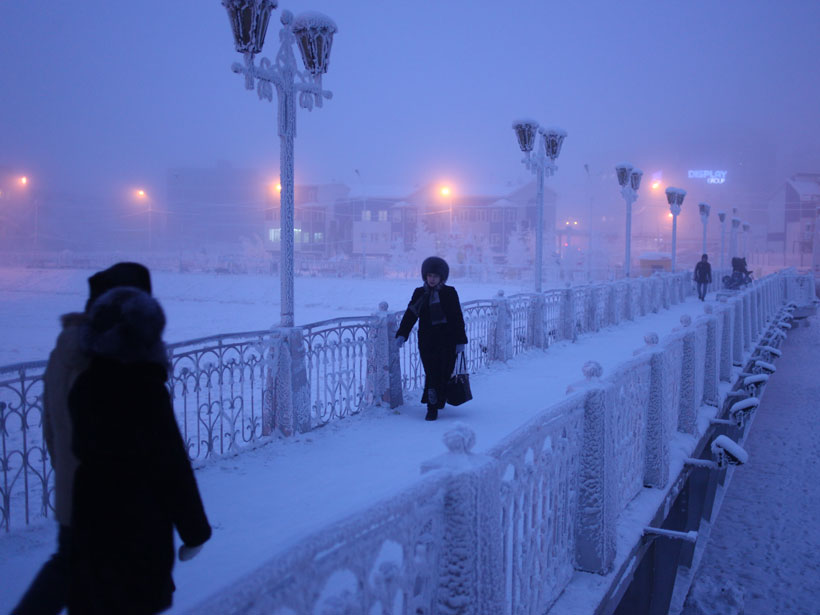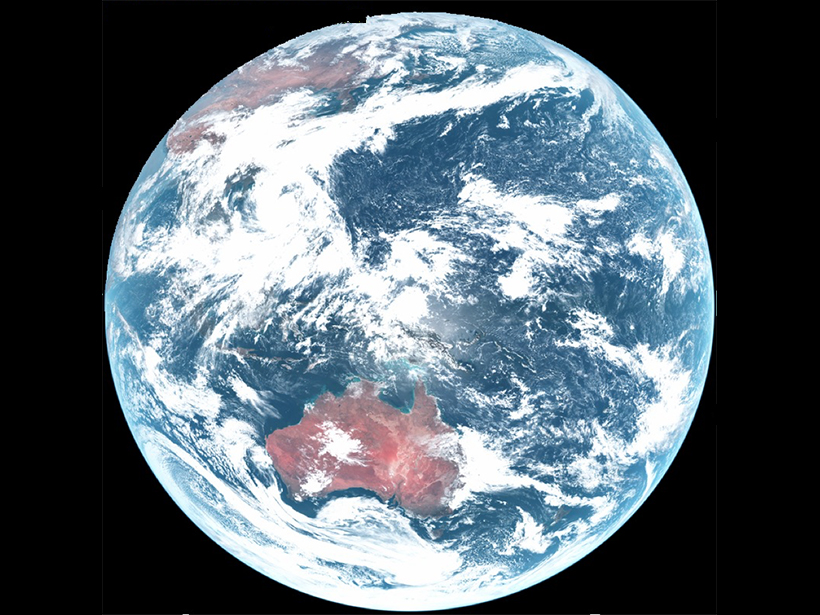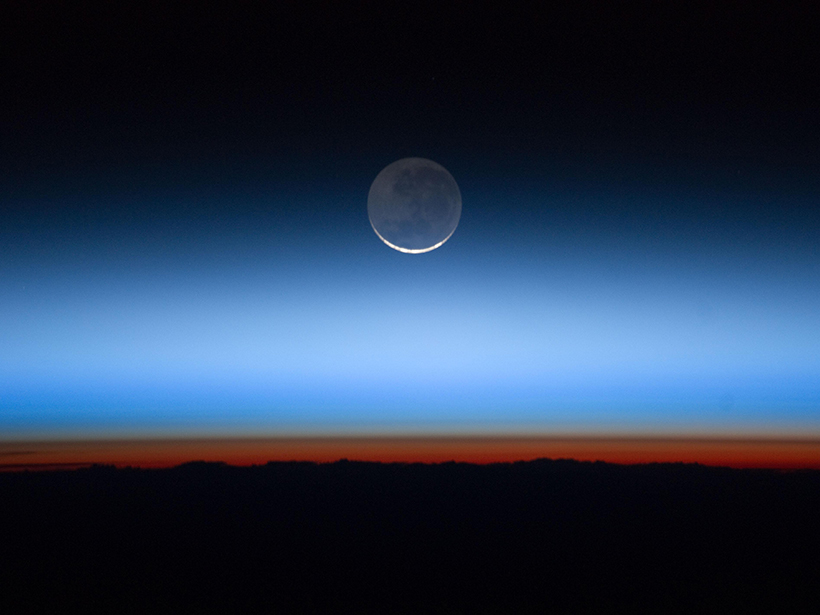The answer involves the intricacies of stratospheric circulation, which, if better represented in climate models, could help predict extreme weather events in Siberia and elsewhere.
stratosphere
Seeing Green: A Stratospheric View of the 2017 Total Eclipse
Airborne telescopes gave scientists a sky-high view of the 2017 Great American Eclipse as they took measurements that are difficult to obtain from the ground.
The Stratosphere and Its Role in Tropical Teleconnections
Joint SPARC Dynamics and Observations Workshop; Kyoto, Japan, 9–14 October 2017
How Sudden Stratospheric Warming Affects the Whole Atmosphere
High above Earth’s surface, air temperatures occasionally increase suddenly, producing widespread effects on weather, air chemistry, and telecommunications.
Earth-like Oscillations Detected in Saturn’s Stratosphere
By comparing Cassini observations spanning ten years, Saturn’s equatorial oscillation is shown to have similarities to Earth’s Quasi-Biennial Oscillation and Semi-Annual Oscillation.
Could Stratospheric Ozone Depletion Make Hadley Cells Expand?
Convection-driven Hadley cells are expanding poleward. Scientists now may have uncovered part of the reason why.
Mysterious Anomaly Interrupts Stratospheric Wind Pattern
For the first time, scientists have observed a deviation from the typical alternating pattern of easterly and westerly winds in the equatorial stratosphere.
Does Water Vapor from Volcanic Eruptions Cause Climate Warming?
By studying past volcanic eruptions, scientists find that the amount of water vapor reaching the stratosphere during moderately explosive eruptions may not be contributing to the greenhouse effect.
Antarctica's Ozone Hole Is Healing, Scientists Say
The ozone hole over Antarctica has shrunk by 16% since its peak in 2000, and some suspect it may disappear entirely by midcentury.
Connecting Thunderstorms and Climate Through Ozone
New data links thunderstorms to climate via their impacts on aerosols, ozone, and water vapor in the stratosphere.










